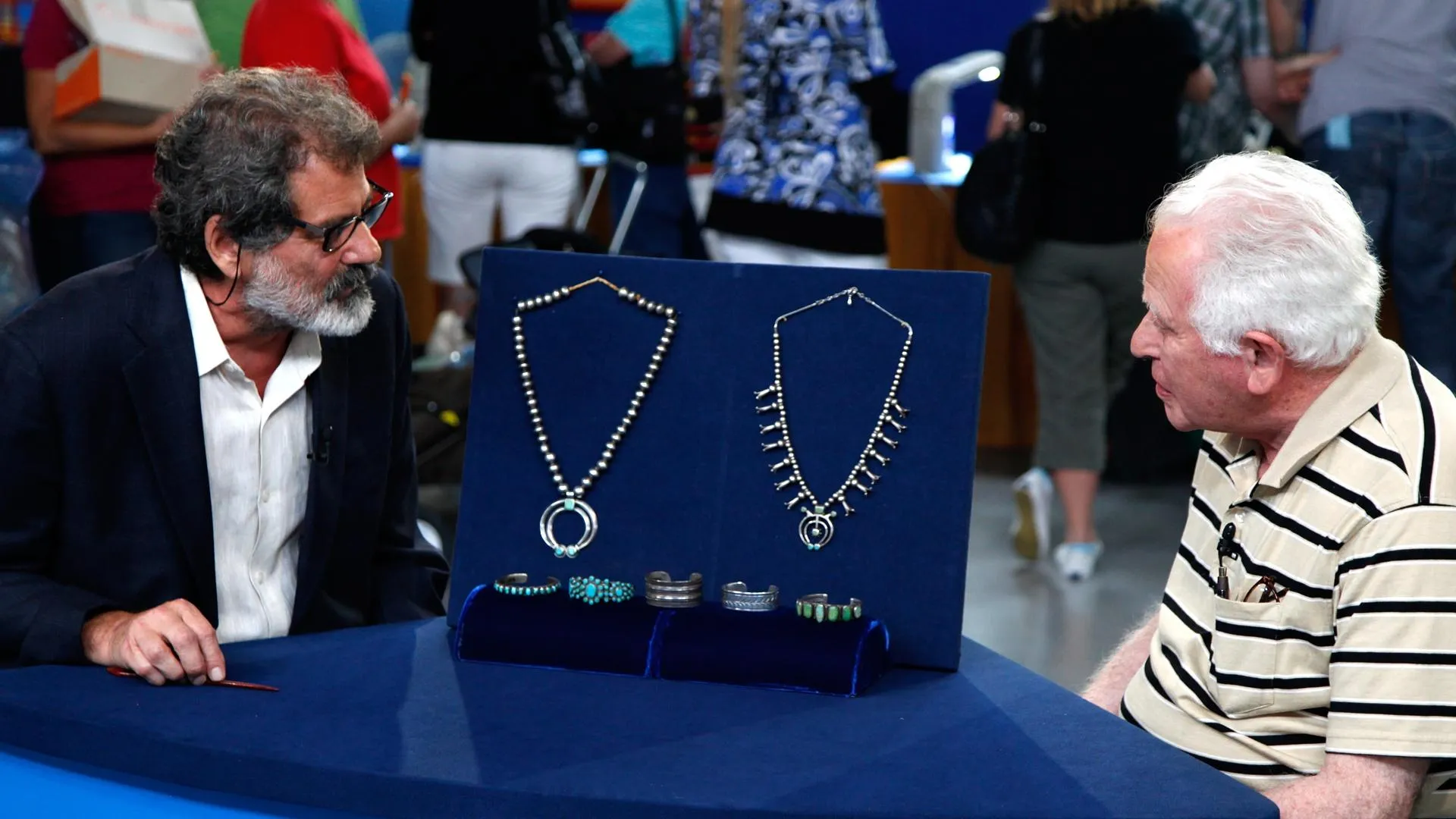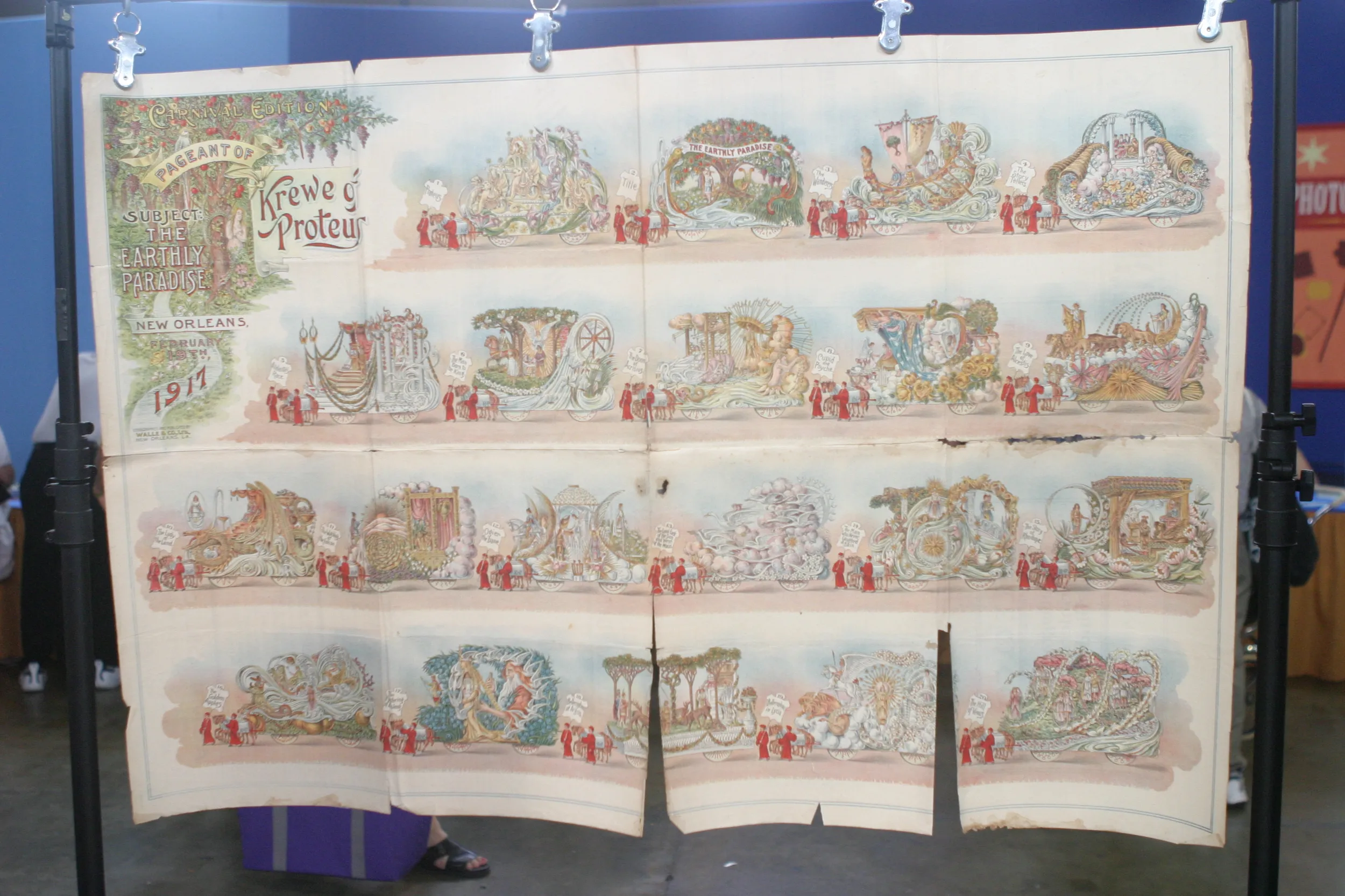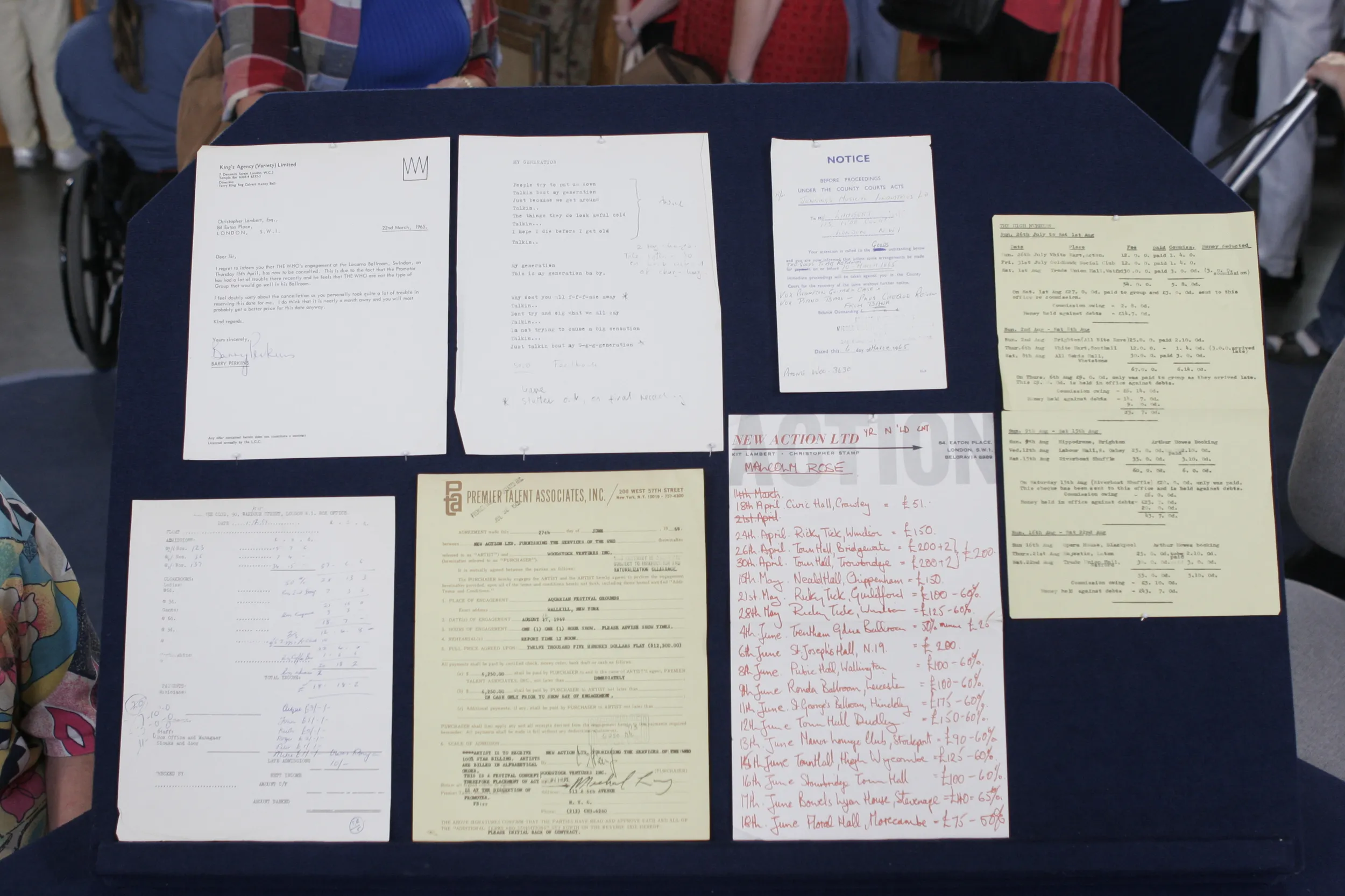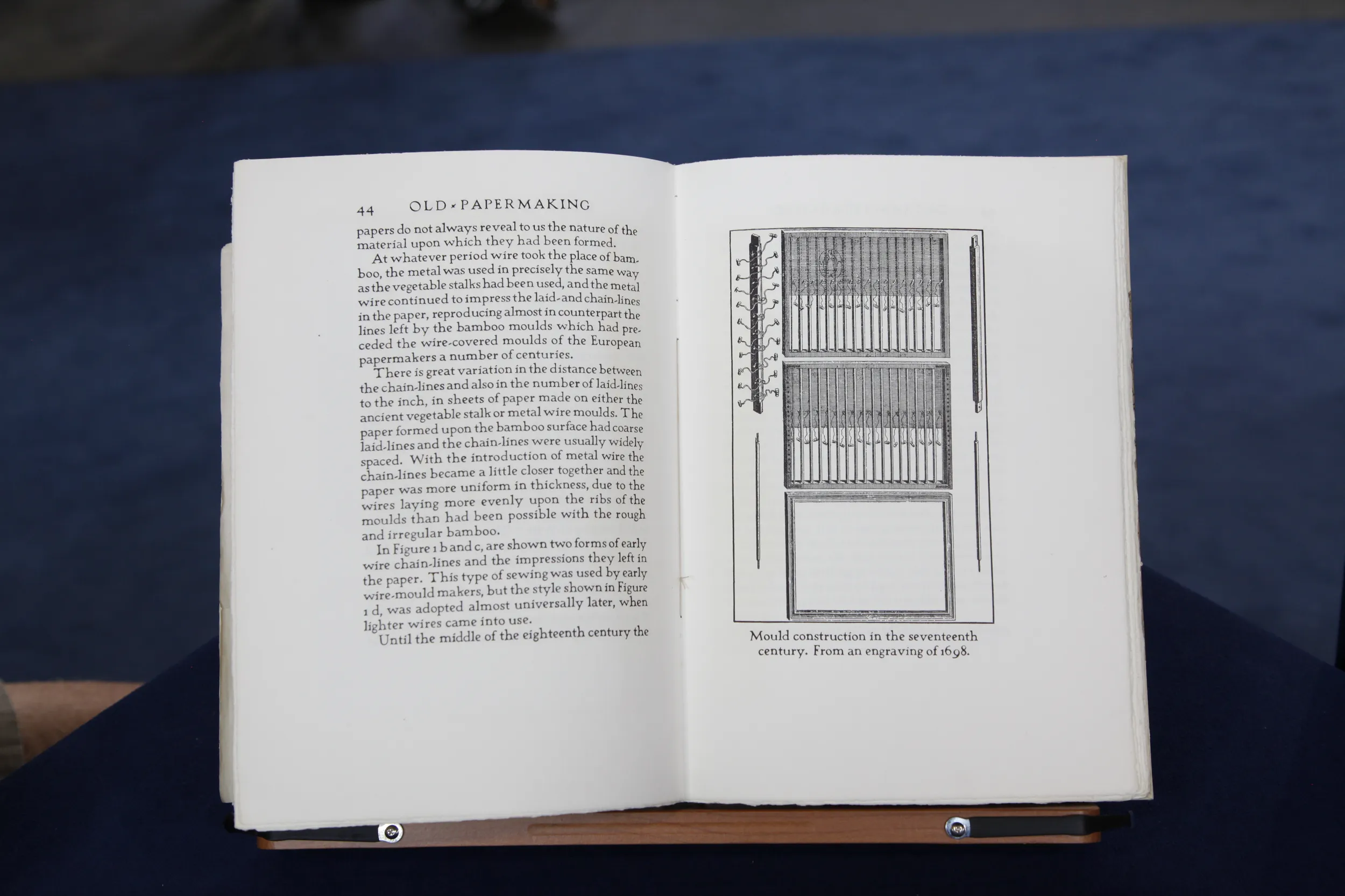GUEST: I have an old paper-making book by Dard Hunter. It's on hand-made paper. I got it in a Boy Scout paper drive. Our two sons were involved in scouts, and I was involved also. The book came... actually there were two books, and I have another one at home, but were in a celluloid plastic container, and I knew that that would not go into the paper drive. So I took the book out of...
APPRAISER: What is the paper drive?
GUEST: We collected newspapers to be repulped to go into paperboard. The scouts at that time got a penny a pound, or $20 a ton for their... for the paper they collected.
APPRAISER: It's called Old Papermaking by Dard Hunter. Dard Hunter in the world of books and paper and papermaking is a legend. This book was published in 1923, and his father was a printer. He studied printing under his father. He then went to Europe, and he learned how to make paper. Came back to the U.S., settled back in Chillicothe, Ohio, which is about 20 miles or so from here?
GUEST: About 50, 60.
APPRAISER: And there he set up his press. He printed only 200 copies of the book, as it says here, and he signed it "Dard Hunter, Chillicothe, Ohio, US of A." And what is very significant about this book is that he produced the paper, he produced the typeface, he cast the type, he set the type, he wrote the text, and he printed it himself. So it's the first time in the history of book production that that had ever been accomplished, so that's another reason why he's such a legend around here and around the world. He went on to do other books. Each time, he limited them to about 200 copies apiece. And he wrote about all kinds of papermaking. In the Far East, he got into Japanese papermaking. He became a real master of paper and papermaking. So it was such a pleasure to see this and to hear your story of how it was salvaged from the bin to become pulp. And I would auction estimate this at $5,000 to $7,000.
GUEST: Wow.
APPRAISER: If I was going to insure it, I would insure it for about $10,000, double the low estimate.









